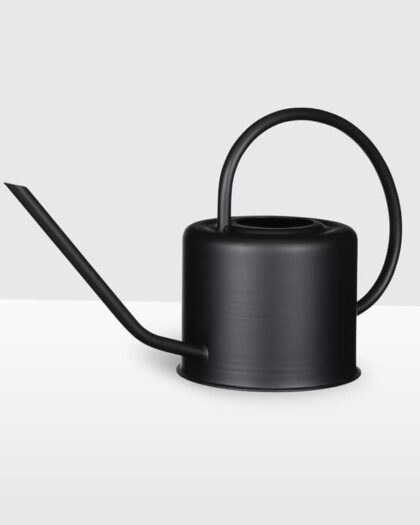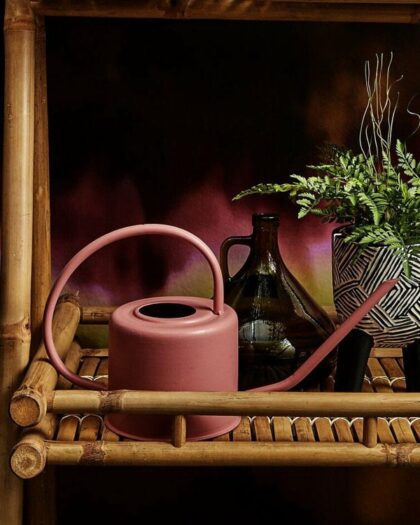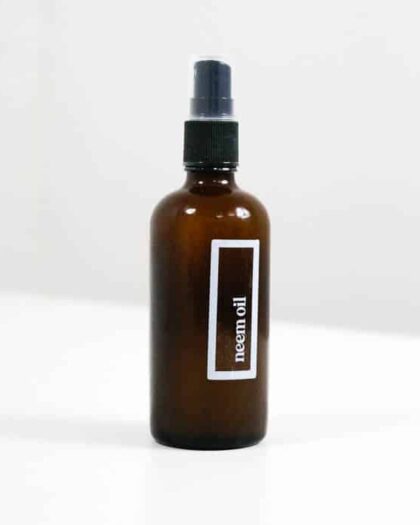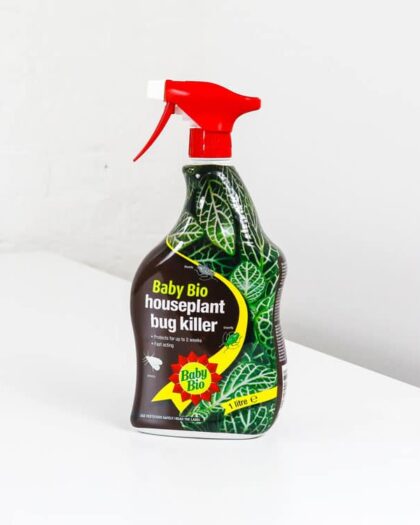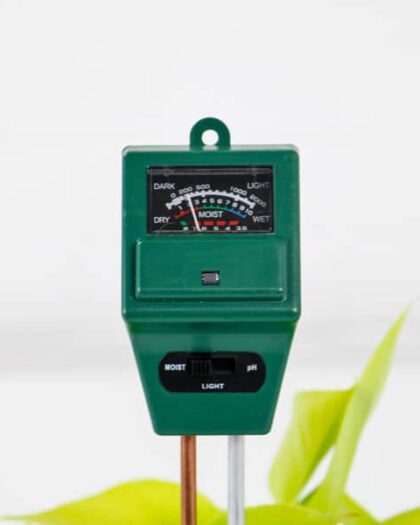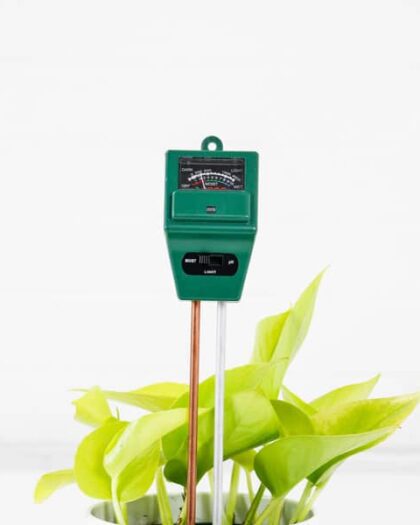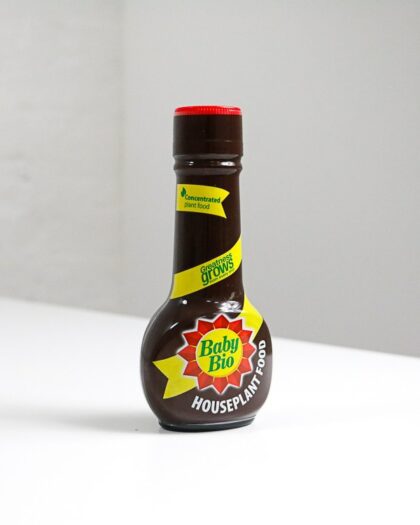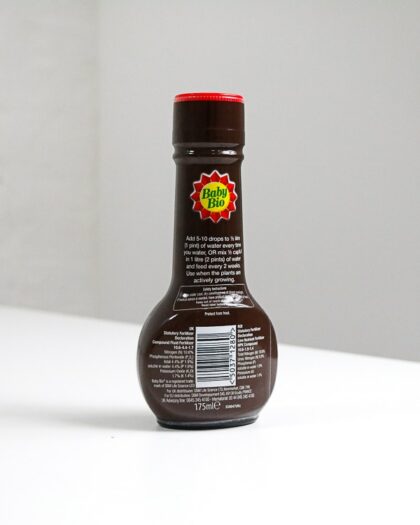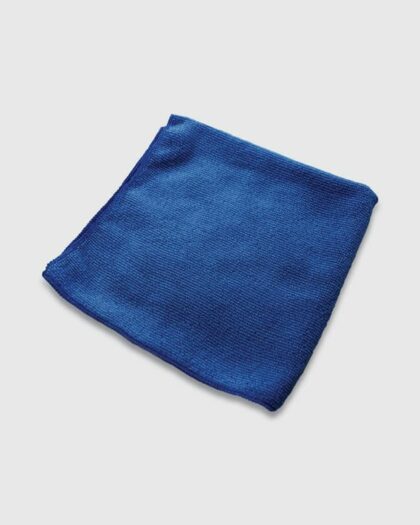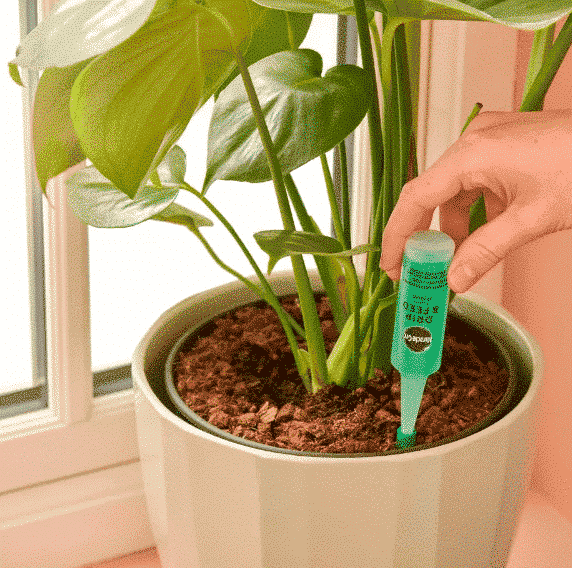What's in this indoor plant care guide
About Marble Queen
Part of the Pothos Family, the Marble Queen is a hardy indoor houseplant with beautiful trailing plumes. Native to French Polynesia, this hanging houseplant will definitely bring an exotic twist to your home or workspace.
This indoor houseplant is used to sitting on the floor of the rainforest, or climbing up bigger trees.
This Pothos variant is characterised its marbled variegations on its deep green leaves.
Botanical Name
Nicknames
Air Purification Qualities
Child & Pet Safe?
Sun Exposure
Soil Type
Hardiness Zones
How to care for Marble Queen
Light & Location
The Marble Queen is able to thrive in a number of light conditions. Whilst it can certainly survive in low light conditions, aim to place this indoor houseplant in a place with moderate, partial sun. Hanging off a bookcase or hallway is perfect!
Try to avoid any places where light and temperature is going to vary massively. Keep away from south facing windows as this may scorch your pothos’ glossy variegated leaves.
Watering
This Pothos Plant will need plenty of water in spring and summer. When the top half of its soil looks dry, its time to water! If you’re wanting to be precise, why not use one of our trusty soil & light testers? If you’re already a watering whizz, you can also use the thumb test. Simply place your thumb in the soil. If the top inch feels dry, then water accordingly.
In the colder months, you should let the soil almost become fully dry before watering. There is nothing worse than overwatering your plant during this period. You be the best judge of your soil moisture levels!
Temperature & Humidity
The Marble Queen is native to French Polynesia; a country with a tropical, warm, and humid climate. Any temperature lower than 13 degrees celsius will begin to harm your plant. Keep your Pothos away from any cold draughts or radiators.
To keep your Pothos on top form, give it a mist once a week. You can use one of our plant misters, or you could pop your Marble Queen in the shower, which will also help to remove any dust off your leaves and maximise photosynthesis. This will help to replicate a tropical shower!
Soil
Your Marble Queen will thrive in a loam based soil that is mixed with a small amount of sand. This will help to maximise critical factors such as nutrient intake, soil aeration, and soil drainage. You can check out some of the soil substrates we have availble to help increase these factors in your potting mix.
Marble Queen’s are used to sitting in slightly acidic soil (pH 6-6.5). Although this is sometimes difficult to control, you could make your soil more acidic by adding some nitrogen-rich nutrients.
Fertiliser
The Marble Queen is one of the hardiest houseplants you can buy. In all honesty, there is no real need to fertilise this plant. However, if you really wanted to, use a well balanced fertiliser that is diluted with plenty of water. You never want to scorch your houseplant’s roots.
You can check out our range of houseplant fertilisers.
Pruning
You should always be on the lookout for the occasional drooping, or yellow leaf. It’s never nice to look at a struggling houseplant.
Using sterilised pruning shears, cut any dead leaves off your Pothos. Try to cut back to the nearest healthy stem. As the Marble Queen has quite a bushy foliage, it’s unlikely to look sparse or scant.
Propagating
Marble Queens are one of the easiest houseplants to propagate! Propagation makes for a fantastic school project. You can propagate your Pothos by division (extracting a small stem from your soil) or by taking healthy cuttings.
Marble Queens will not take long to develop strong and re-pottable roots. If you want to go the extra mile, use some rooting powder.
Potting and Repotting
Check your Pothos’ roots every year. If the roots can be seen touching, or even growing beyond, the bottom of your pot then it is time to repot.
If you don’t want to repot, you can also take cuttings for propagation. Simply follow the steps laid out above.
Tools to help care for your Marble Queen
-
Mica Decorations – Metal Watering Can
From £9.99 Select options This product has multiple variants. The options may be chosen on the product page -
Neem Oil
From £5.99 Select options This product has multiple variants. The options may be chosen on the product page -
Baby Bio Houseplant Bug Killer 1L
£10.99Original price was: £10.99.£8.99Current price is: £8.99. Add to basket -
Baby Bio Houseplant Food
£4.99Original price was: £4.99.£3.99Current price is: £3.99. Add to basket
Common Problems
The Marble Queen is one of the most resilient houseplants you can buy. However, it’s always helpful to have a couple of red flags in the back of your mind.
The main issue with any Pothos Plant is incorrect watering. This will usually manifest in the form of discoloured leaves.
Yellow Leaves
If your Marble Queen is beginning to develop yellow leaves, then this may be a sign of overwatering. If this occurs, your plant could be in danger of root rot.
If this occurs, it can be possible to revitalise your plant, but this will require removing it from its nursery pot and removing any rotted roots. Repot with a well draining mixture and only water again once the soil has dried.
To avoid overwatering in the future, you could place a tissue or sanitary towel at the bottom of your plant pot to absorb any excess water.
Browning Leaves
If the leaves of your Pothos are beginning to turn brown, then this may be a sign of underwatering.
In this case, be sure to water your plant and give it a mist. Also think about why your plant is underwater. Is it placed in an unsuitable location? Or, has this occurred as a result of human error?
To prevent underwatering in the future, there are plenty of plant care apps you can use to remind you when to water.
Pests and Diseases
Although rare, Marble Queens may occasionally become the victim of pests. Watch out for Thrips and Mealybugs.
In the event of an infestation, isolate your plant so it doesn’t infect your other plants. Also treat with some neem oil.
FAQ's
How often should I clean the leaves of my Marble Queen?
You should look to clean and mist the leaves of your Marble Queen every couple of weeks. The quickest and most effective way to do this can be to wash them in the shower, or leave outside in the rain (when it isn’t Winter).
Although this is not essential, it’s always good to know that you’re doing everything you can to maximise the growth of your Marble Queen.
What happens if my Marble Queen sits in direct sunlight for too long?
If you sit your Marble Queen in the sun for too long, then its leaves may begin to brown, or blacken. If this occurs, you will need to remove the plant from its sunny spot, check for watering, and prune away any dead leaves.
Marble Queens are much better at thriving in low to medium light conditions.
Can my Marble Queen live outside?
In honesty, probably not. The Marble Queen is used to living in hotter climates. In the UK, you’ll struggle to keep it alive outside. Your Pothos will develop brown spots (and may even die) in temperatures lower than 13 degrees celsius.
If you’re looking for a hanging plant that will thrive outdoors, why no consider the English Ivy?
Where will the Marble Queen look good in my home?
As the Marble Queen is a hanging plant, you should definitely play to its strengths and show off its long, trailing plumes. Pair it with one of our macrame hangers and suspend it in the air!
The Marble Queen will look fantastic in any neutral coloured room. It’s variegated green leaves will provide a much needed colour contrast to any grey or cream wall.
I want a hanging plant, but I don't like the Marble Queen. What else could I buy?
If you don’t like the Marble Queen, then it’s not a problem. If you prefer a plant without any variegation, you should definitely check out the Heartleaf Philodendron or Neon Pothos. These hangers can bring an even bolder burst of colour into your home!

